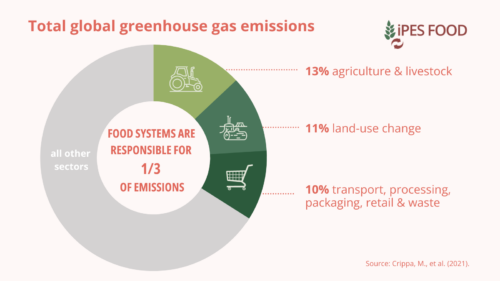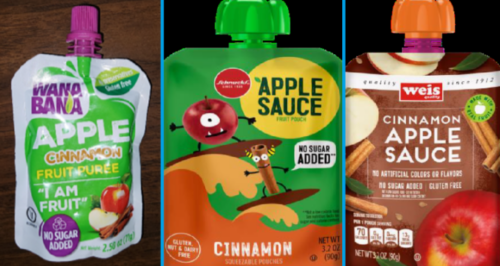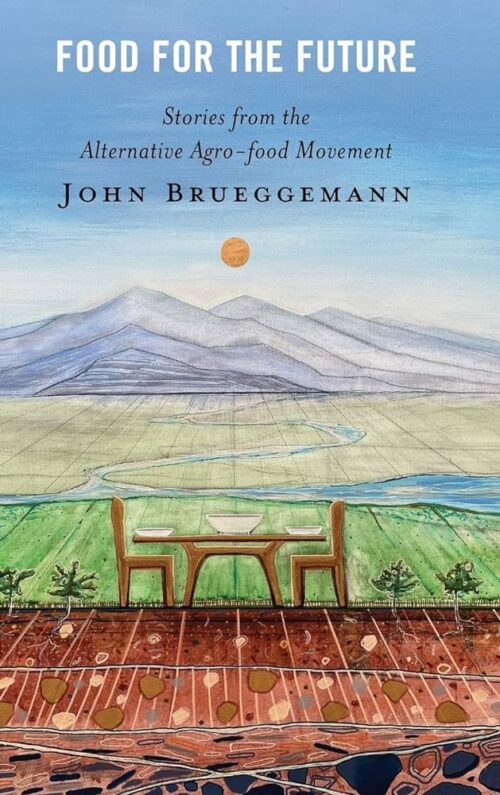Merry Christmas and happy holidays (courtesy of the BMJ)
I said I was taking this week off, but this item is too good not to share (thanks to Bill Nesheim for sending).

Association of health benefits and harms of Christmas dessert ingredients in recipes from The Great British Bake Off: umbrella review of umbrella reviews of meta-analyses of observational studies. MJ 2023; 383 doi: https://doi.org/10.1136/bmj-2023-077166 (Published 20 December 2023)
Abstract
Objective To determine the health benefits and harms of various ingredients in Christmas desserts from The Great British Bake Off.
Design Umbrella review of umbrella reviews of meta-analyses of observational studies.
Data sources The Great British Bake Off website, Embase, Medline, and Scopus.
Inclusion criteria Umbrella reviews of meta-analyses of observational studies evaluating the associations between Christmas dessert ingredients and the risk of death or disease.
Main outcome measures Proportion of protective and harmful summary associations between ingredient groups from The Great British Bake Off Christmas dessert recipes and the risk of death or disease.
Results 48 recipes for Christmas desserts (ie, cakes, biscuits, pastries, and puddings and desserts) were provided on The Great British Bake Off website with 178 unique ingredients that were collapsed into 17 overarching ingredient groups. A literature search identified 7008 titles and abstracts, of which 46 eligible umbrella reviews reported 363 unique summary associations between the ingredient groups and risk of death or disease. Of these summary associations, 149 (41%) were significant, including 110 (74%) that estimated that the ingredient groups reduced the risk of death or disease and 39 (26%) that increased the risk. The most common ingredient groups associated with a reduced risk of death or disease were fruit (44/110, 40%), coffee (17/110, 16%), and nuts (14/110, 13%), whereas alcohol (20/39, 51%) and sugar (5/39, 13%) were the most common ingredient groups associated with increased risk of death or disease.
Conclusions Recipes for Christmas desserts from The Great British Bake Off often use ingredient groups that are associated with reductions, rather than increases, in the risk of death or disease. This Christmas, if concerns about the limitations of observational nutrition research are set aside, you can have your cake and eat it too.
Merry Xmas. May the holidays bring you great joy, and may the new year bring us peace.






